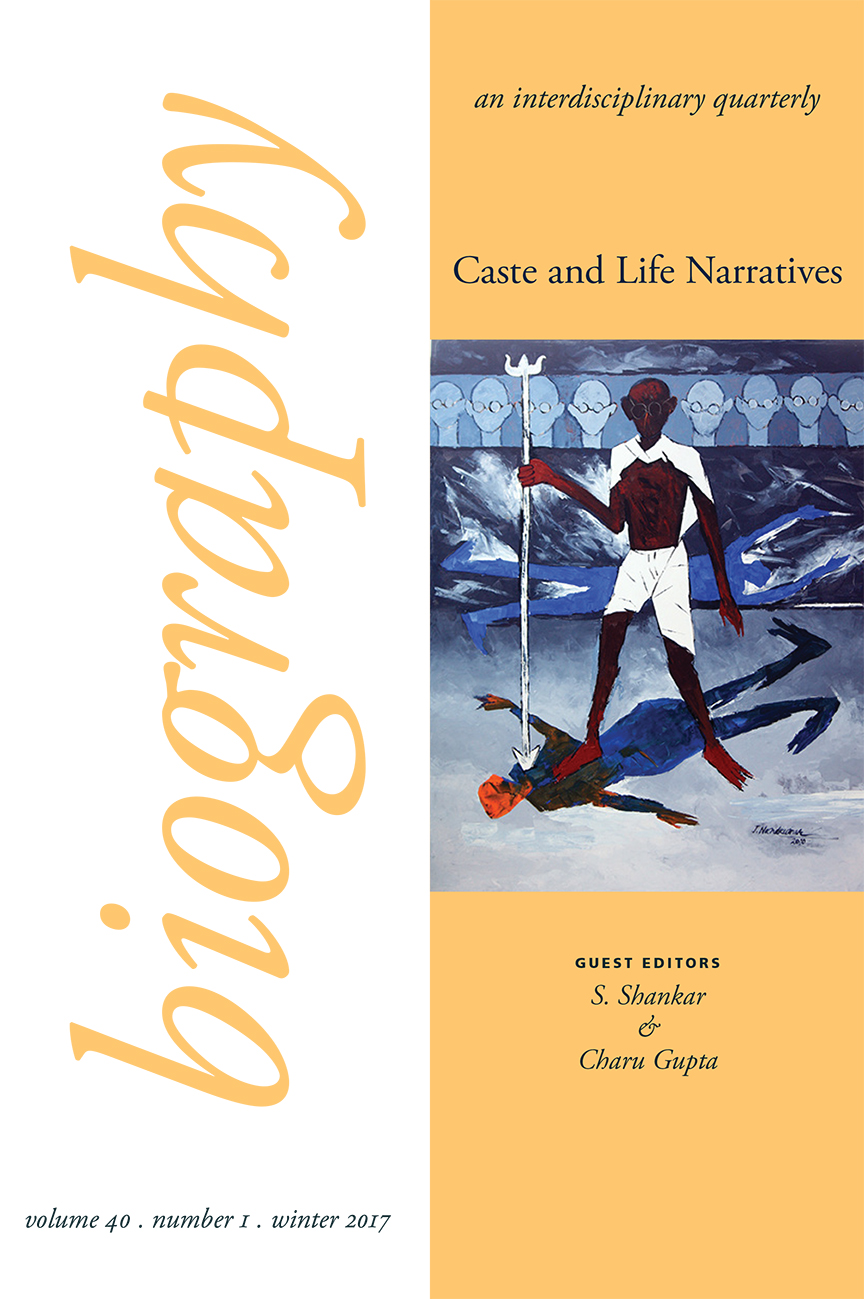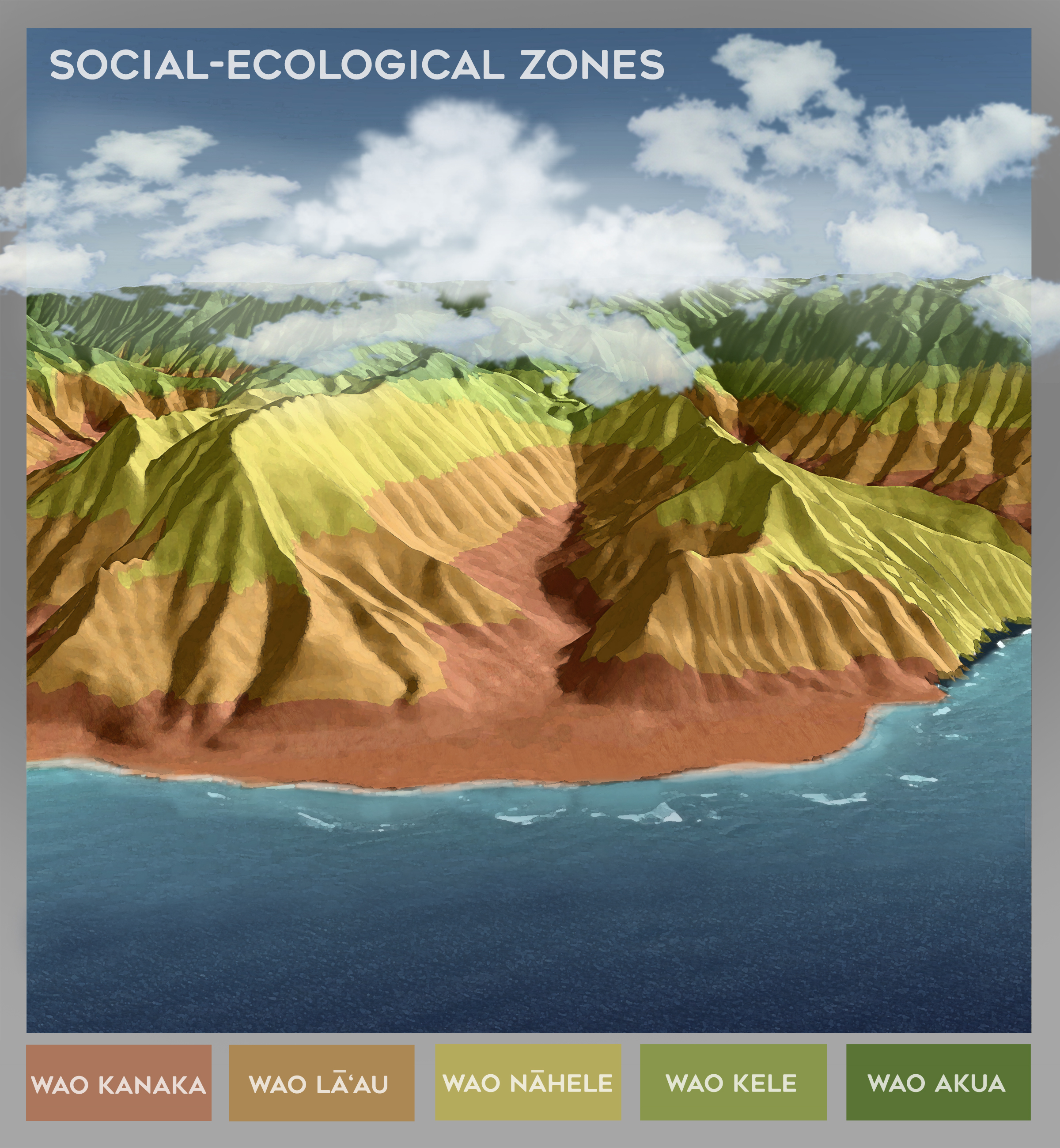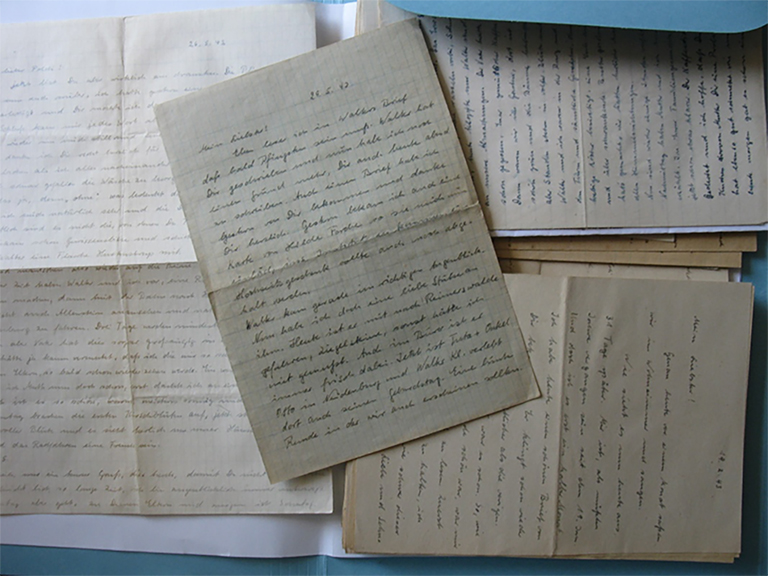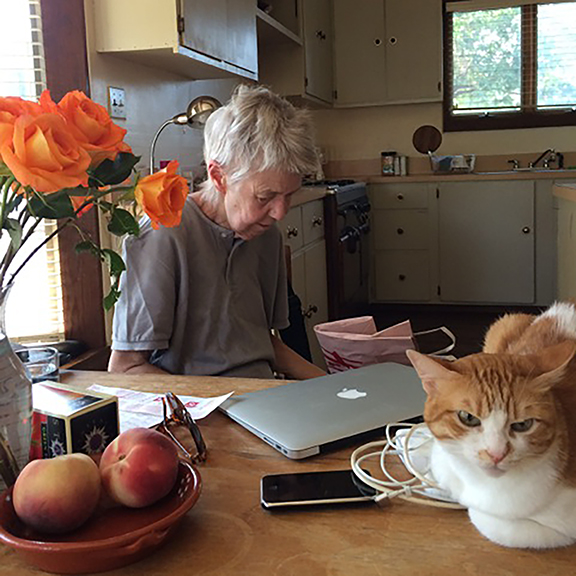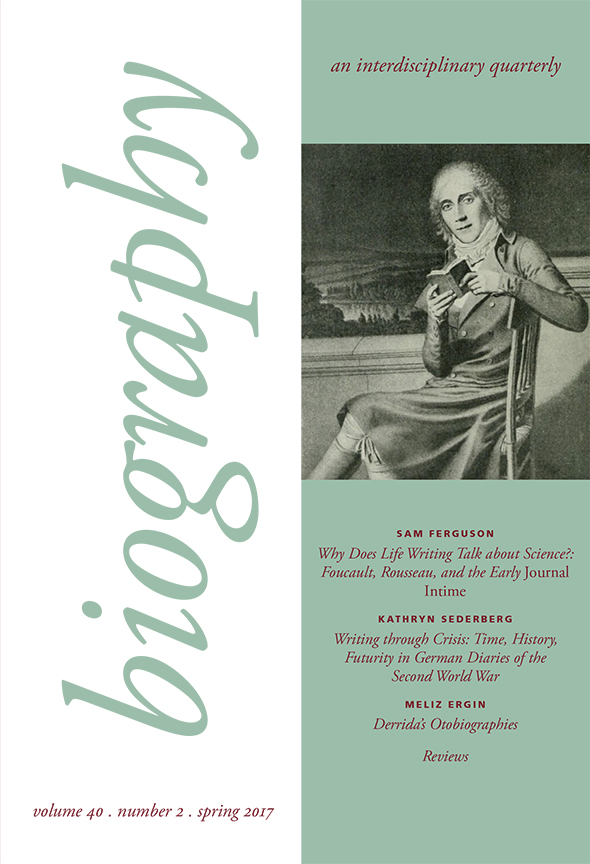![]() This is Part 3 in a series of University of Hawai`i Press blog posts celebrating University Press Week and highlighting scholarship published by UH Press journals in the past year. Read our introductory blog post here. Our hope is that this series will shed new light on how UH Press “sells the facts,” so to speak, and the value our 24 journals bring to our very existence. Links to each journal and article are provided below.*
This is Part 3 in a series of University of Hawai`i Press blog posts celebrating University Press Week and highlighting scholarship published by UH Press journals in the past year. Read our introductory blog post here. Our hope is that this series will shed new light on how UH Press “sells the facts,” so to speak, and the value our 24 journals bring to our very existence. Links to each journal and article are provided below.*
Free Speech and the Media
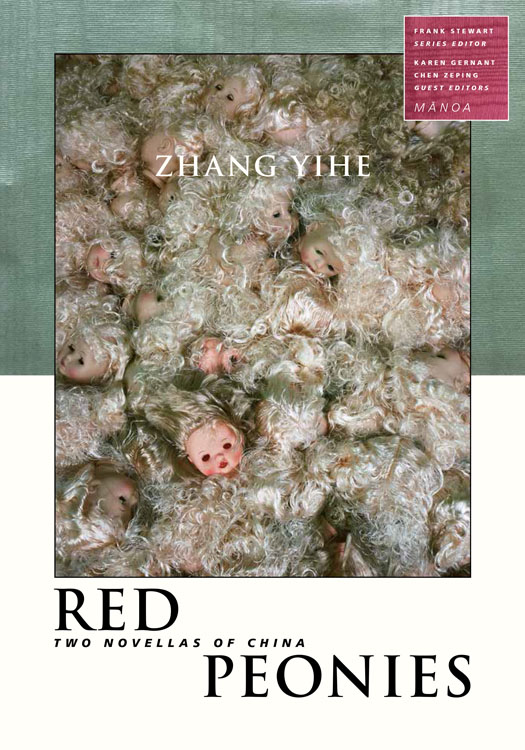
MĀNOA: A Pacific Journal of International Writing, Volume 28, Number 2, 2016
Special Volume: Red Peonies: Two Novellas of China, guest edited by Karen Gernant and Chen Zeping
Context: Published twice a year, MĀNOA features contemporary literature from Asia and the Pacific, often in translation. Volume 28 includes the work of author Zhang Yihe, whose novellas were banned in China and appear here in English for the first time. Charged as a counter-revolutionary in China, Yihe based her stories on the people she met while sentenced to 21 years in a remote labor prison. In 2017, MĀNOA was awarded $10,000 grant to pursue new projects in Burma and Cambodia from the National Endowment of the Arts, which is currently under threat of discontinued federal funding.

Cross-Currents: East Asian History and Culture Review,Volume 6, Number 1, May 2017
Article: “War Remembered, Revolution Forgotten: Recasting the Sino-North Korean Alliance in China’s Post-Socialist Media State” by Zhao Ma
Context: Scholar Zhao Ma explores the process of a nation’s remembering and forgetting the bloodshed and fervor behind a war—in this case, China’s involvement with North Korea—when it is recast through state-run media and propaganda.
Language Documentation & Conservation, Volume 11, 2017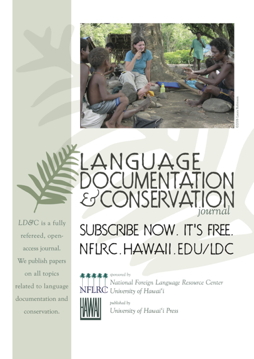
Article: “LD&C possibilities for the next decade” by Nick Thieberger
Context: As LD&C celebrates its 10th anniversary, editor Nick Thieberger takes a look at the journal’s downloads, Facebook following, and other statistics that have brought the open-access journal’s research to linguistics scholars across the globe, and wonders how new technology will change the field in the coming decade.
Oceanic Linguistics, Volume 56, Number 1, June 2017
Article: “Influence of Social Network on Language Use of Kejaman Speakers in Sarawak, Malaysia” by Amee Joan and Su-Hie Ting
Context: This study on linguistics changes in Malaysia carries more weight than if it had been published in previous years. From the article’s introduction: “In our view, social network can be studied as a proxy of interlinked determinants of language maintenance or shift. Investigating the influence of social network on language choice would contribute to a holistic understanding of factors determining language shift.”
*Institutional access to online aggregators such as Project MUSE may be required for full-text reading. For access questions, please see the Project MUSE FAQ available here or contact your local library.
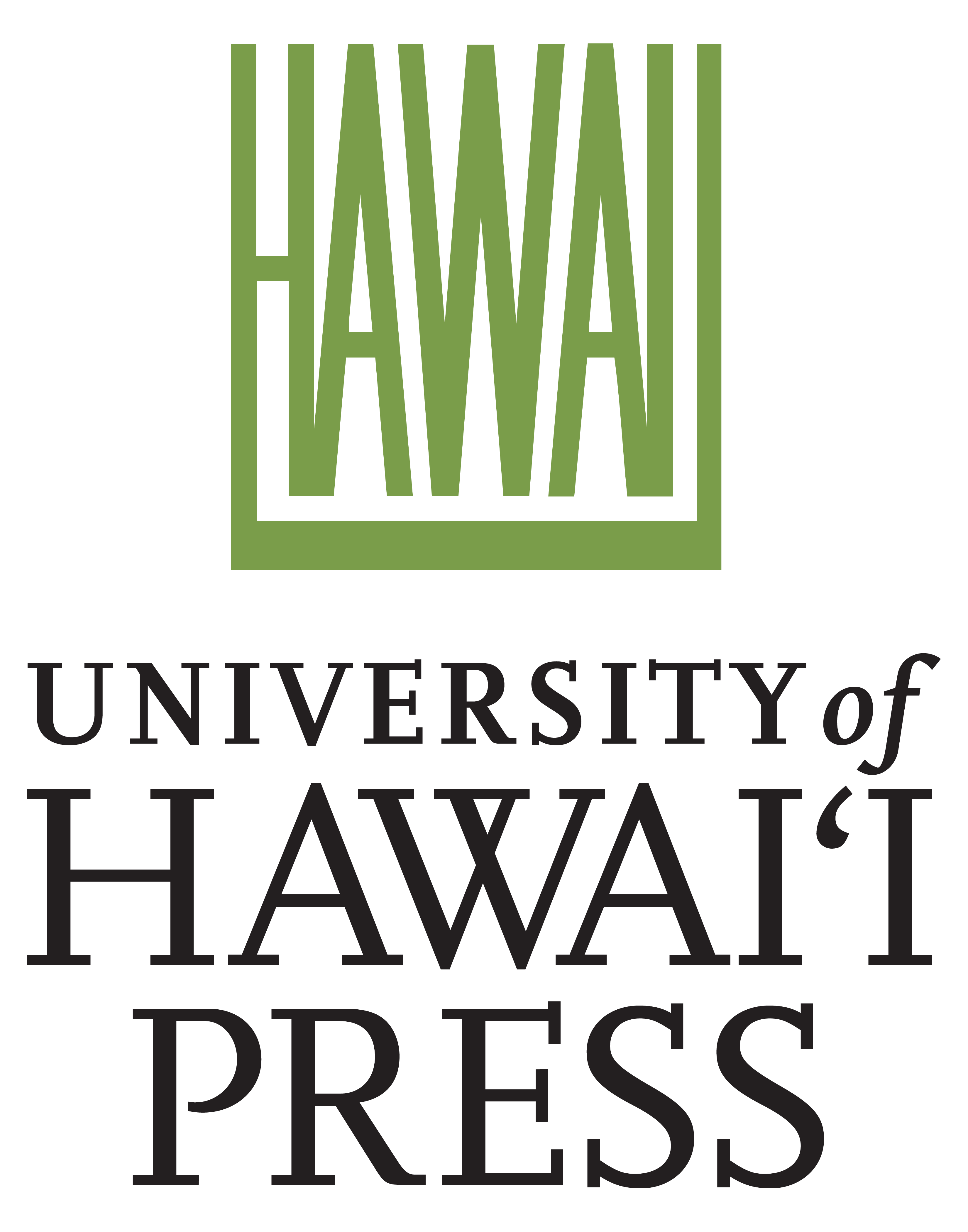 Established in 1947, the University of Hawai`i Press supports the mission of the university through the publication of books and journals of exceptional merit. The Press strives to advance knowledge through the dissemination of scholarship—new information, interpretations, methods of analysis—with a primary focus on Asian, Pacific, Hawaiian, Asian American, and global studies. It also serves the public interest by providing high-quality books, journals and resource materials of educational value on topics related to Hawai`i’s people, culture, and natural environment. Through its publications the Press seeks to stimulate public debate and educate both within and outside the classroom.
Established in 1947, the University of Hawai`i Press supports the mission of the university through the publication of books and journals of exceptional merit. The Press strives to advance knowledge through the dissemination of scholarship—new information, interpretations, methods of analysis—with a primary focus on Asian, Pacific, Hawaiian, Asian American, and global studies. It also serves the public interest by providing high-quality books, journals and resource materials of educational value on topics related to Hawai`i’s people, culture, and natural environment. Through its publications the Press seeks to stimulate public debate and educate both within and outside the classroom.
For more information on the University of Hawai`i Press and our publications, visit www.uhpress.hawaii.edu. To receive table-of-contents email alerts for these publications, please click here to sign up at Project MUSE.





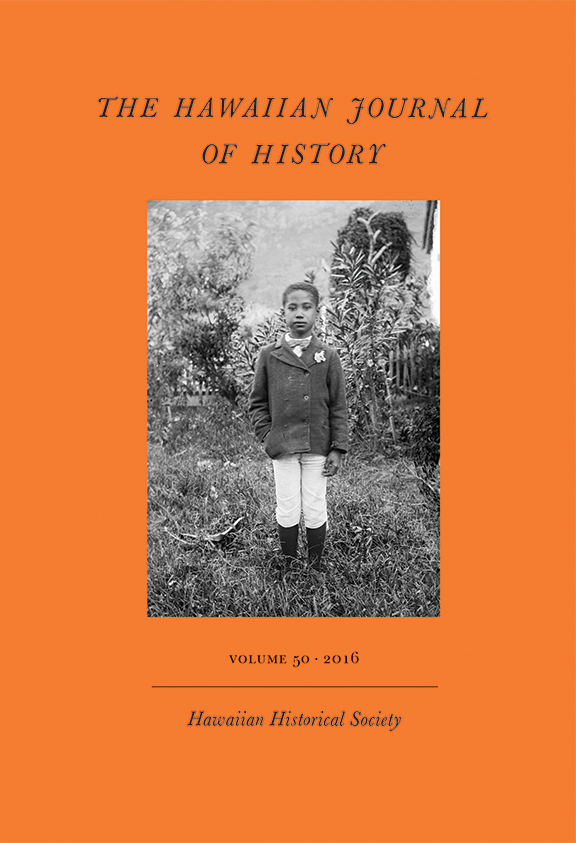
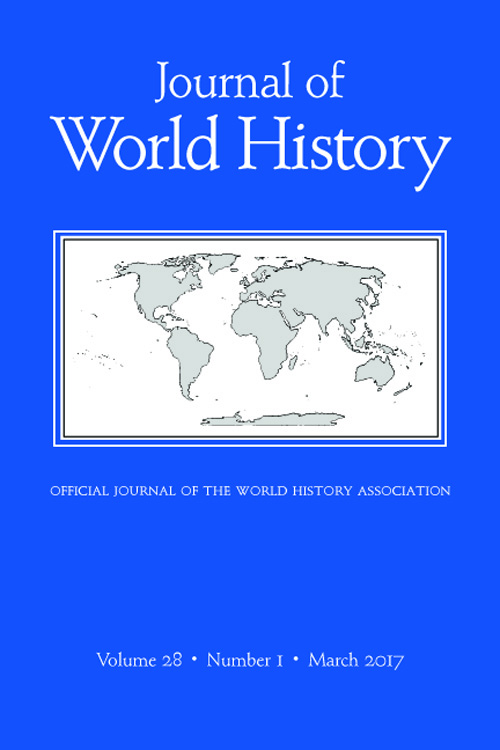
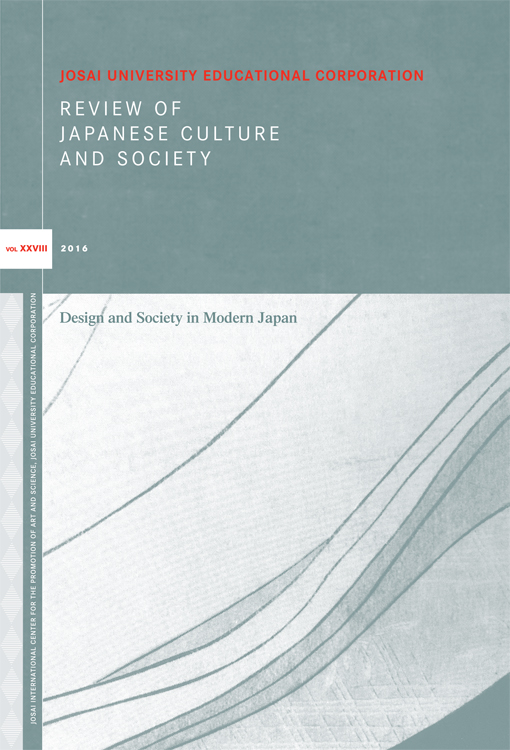 Review of Japanese Culture and Society
Review of Japanese Culture and Society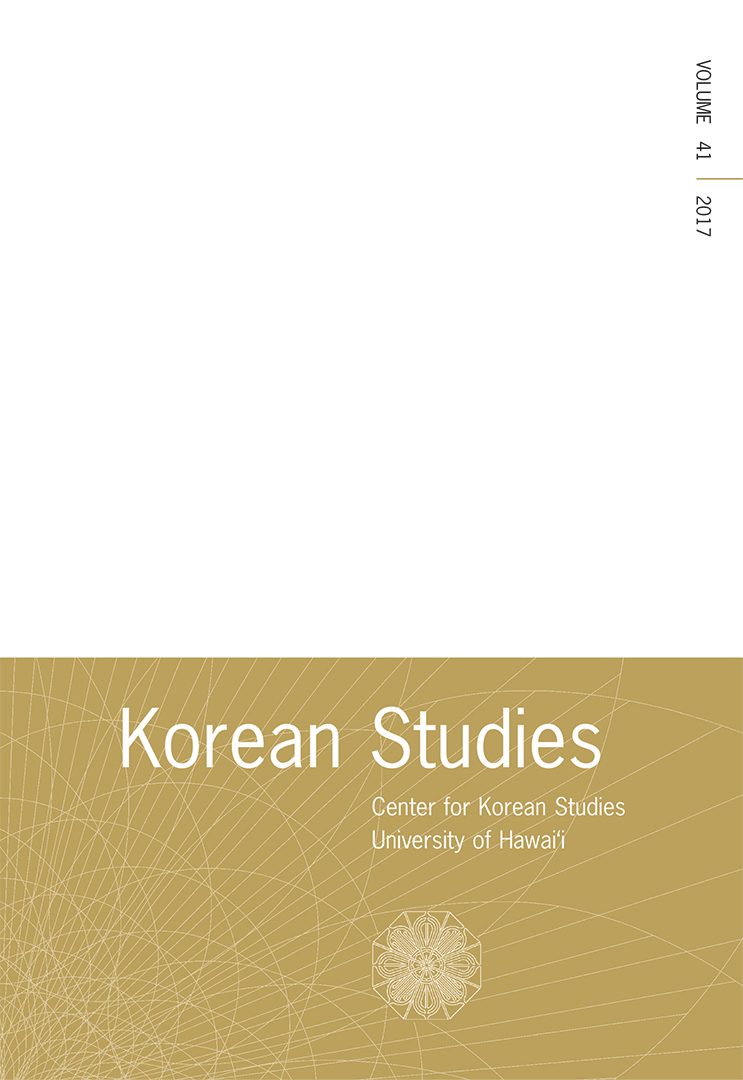 Korean Studies: A Multidisciplinary Journal on Korea and Koreans Abroad
Korean Studies: A Multidisciplinary Journal on Korea and Koreans Abroad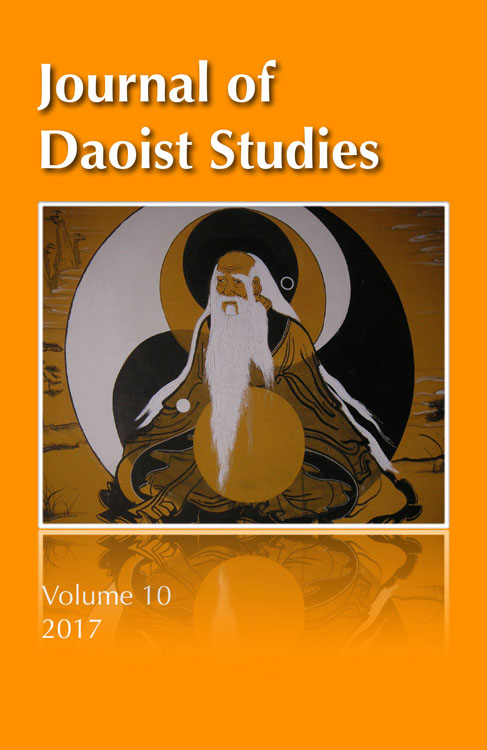 Journal of Daoist Studies
Journal of Daoist Studies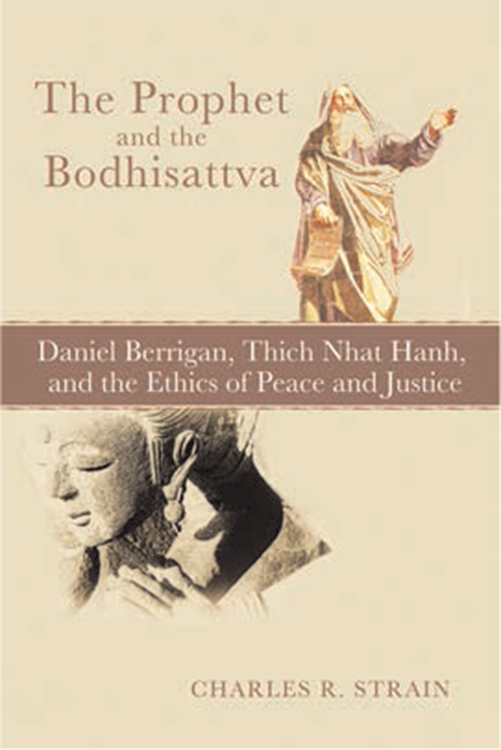
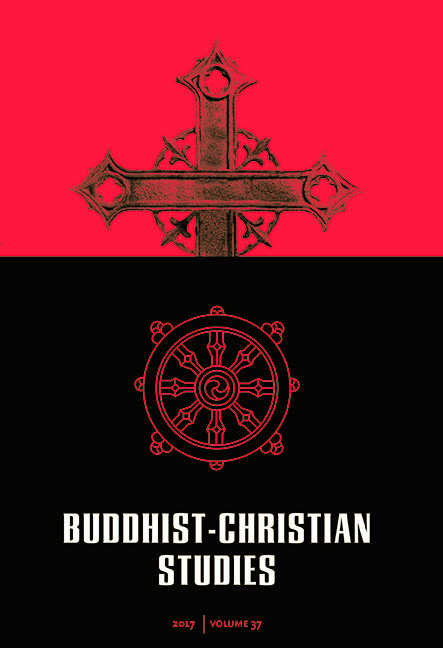 About the Journal
About the Journal



